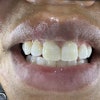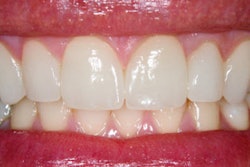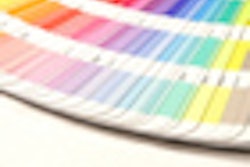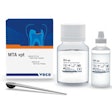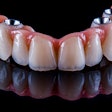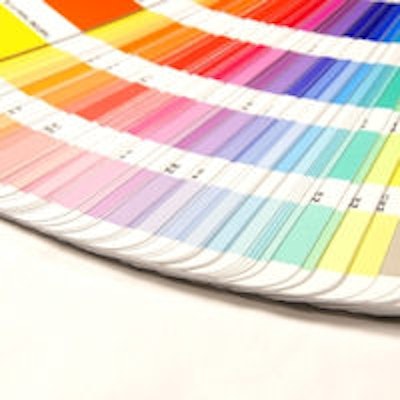
Shade matching has always been a complex task involving multiple variables in which even the most experienced clinicians can make errors. It is, however, a crucial part of successful aesthetic outcomes, as small color differences can lead to dissatisfied patients.
The visual method using shade guides is the standard way to match tooth color, but using an instrument is likely to produce more effective results, according to a new study from Brazil in General Dentistry (November/December 2014, Vol. 62:6, pp. 47-49).
"Tooth shade matching still is a cause of concern for clinicians," study authors Welson Pimentel, DDS, from the Brazilian Dental Association, and Rodrigo Tiossi, DDS, PhD, an assistant professor at Fluminense Federal University School of Dentistry, told DrBicuspid.com. "Visual shade selection relies on the clinician's interpretation of color, and inaccurate color selection for a restoration is frustrating."
“Tooth shade matching still is a cause of concern for clinicians.”
They added that the main purpose of their study was to understand whether an instrumental method using a spectrophotometer would provide a more reliable color match than visual color selection.
Based on their study results, Drs. Pimentel and Tiossi recommend that dentists consider associating both visual and instrumental methods for dental shade match to achieve optimized aesthetic restorations.
"Visual color assessment is subjective and relies on a series of visual evaluations that are communicated between two or more professionals using shade guides that do not always represent the entire gamut of natural teeth," they wrote.
Other challenges of this method include the variable of viewer interpretation, differences between the dental shade guides and the dental porcelain, nonuniform porcelain layer thickness, porcelain processing variables, wrong shade interpretation, and uncontrolled environmental light conditions.
Spectrophotometers and colorimeters have been developed in an attempt to overcome the difficulties and complexity of visual shade matching. However, the authors pointed out these are not error-proof either.
For example, they noted that software used during instrumental shade matching is capable of predicting some of the optical differences, but complete compensation is difficult to achieve and could lead to errors. Also, the color database that is available in the chosen software also influences the accuracy of shade matching
The researchers, therefore, evaluated the accuracy of both visual and instrumental tooth shade matching and tested the null hypothesis that there would be no significant differences between them.
The study sample consisted of 30 volunteer dental students from the São Leopoldo Mandic School of Dentistry who had a sound right central incisor without any severe enamel anomaly or pigmentation. Shade matching was conducted in a dental clinic under controlled illumination.
Four dentists, including three professors and one master's degree candidate, voluntarily participated in the study for the visual selection method. Visual shade matching was done separately on each patient by each dentist who participated in the study using a shade guide. The dentists were instructed to use the middle third of the tooth for color selection with the aid of the Vita shade guide. The four dentists were classified as D1, D2, D3, and D4.
Meanwhile, a previously calibrated examiner performed the instrumental measurement. Three measurements (SP1, SP2, and SP3) were performed on each patient, on the same incisor for the instrumental shade matching with a dental spectrophotometer.
The selection of the tooth color A2 was different between examiners D1 and D3 and examiners D2 and D4, while no significant differences between the consecutive instrumental measurements were found and the agreement between measurements was significant (p < 0.001).
"We were particularly surprised by the very low agreement between the examiners in the study (32.4%), because all four examiners were clinicians with at least 10 years of clinical practice," Drs. Pimentel and Tiossi said. "We also expected a slightly better agreement provided by the spectrophotometer -- an agreement above 85% compared to the 76.7% agreement that was found would be more promising."
Accurate tooth color selection and adequate communication with the dental technician are both important aspects for successful esthetic restorations, they added.
They also noted that instrumental analysis with the spectrophotometer can be a valuable aid to the clinician, providing better color agreement and standardization to contribute to a better aesthetic outcome of a dental restoration.
"Dental shade matching using an instrumental method was more reliable and repeatable compared to the visual method," the study authors concluded. "The use of an instrumental method is, therefore, recommended for adequate tooth color selection."
They did note that the use of only one visual shade guide was a limitation of their study, and they recommended future studies to compare differences between other visual shade guides and different instrumental equipment.

